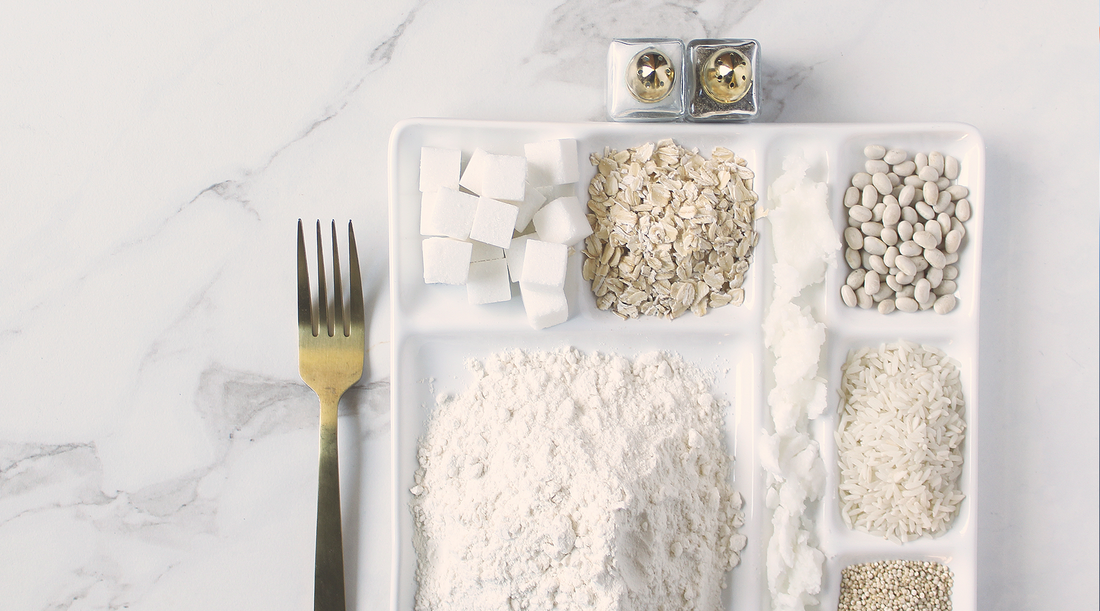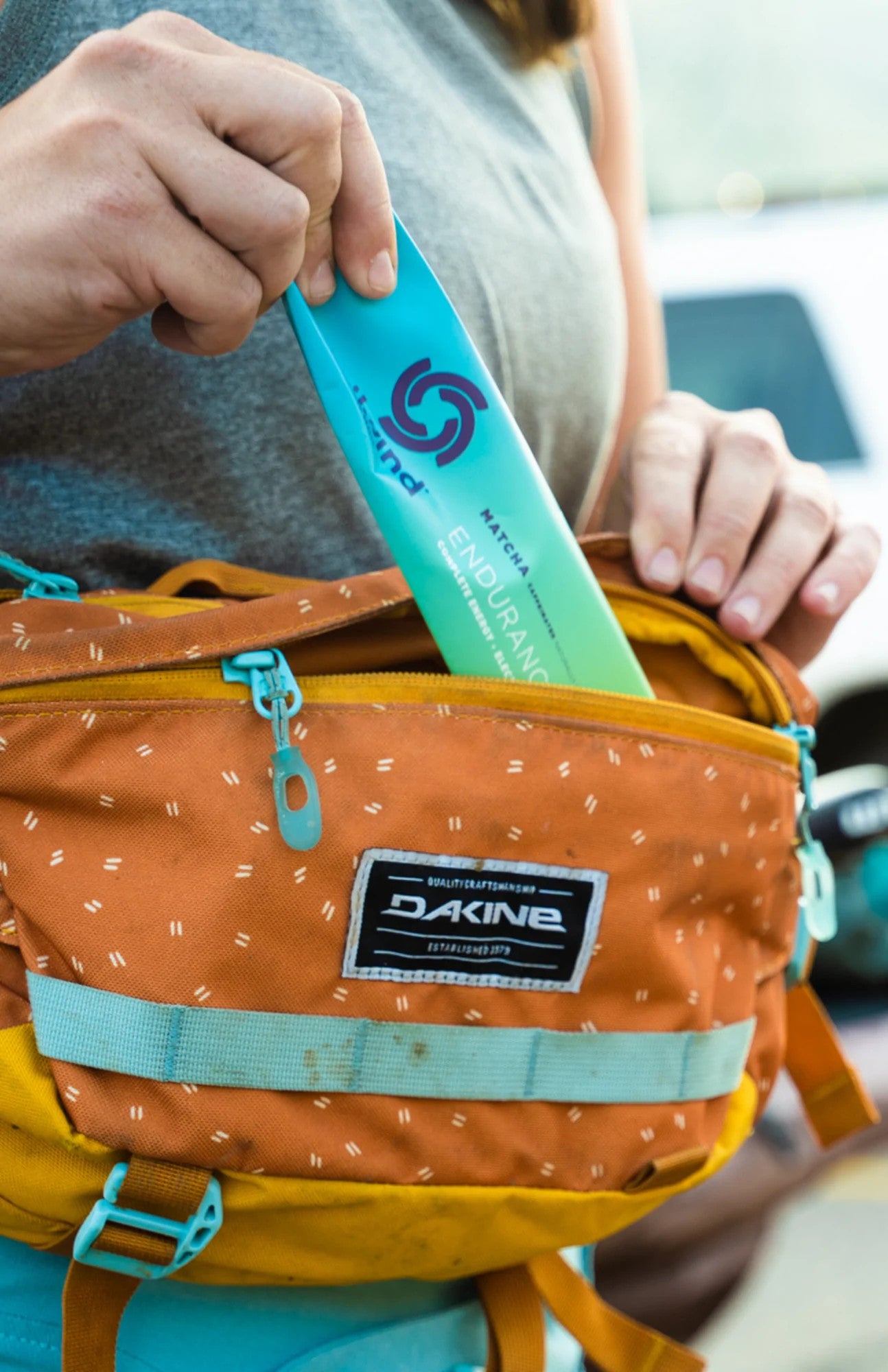The Importance of Carbohydrates
0 Comments
Glucose is a form of carbohydrate, it is the fuel most preferred by our muscles. Glucose is stored in our muscles and liver as a substance know as glycogen, and is very quickly converted into glucose when it is needed. However, our glycogen stores are limited, and once these stores have been used up our ability to perform well during exercise is reduced.
This is why it is recommended that when exercising athletes should consume a carbohydrate drink to maintain energy levels.
Before Exercise
You may have heard of the term ‘carbohydrate loading’. Athletes try to maximise their glycogen stores in the run up to an event. This involves depleting their glycogen stores by consuming a low carbohydrate diet and training exhaustively. This is then followed by a period of ‘carbohydrate loading’ where by the athlete will consume an extremely high carbohydrate diet to fill up their stores.
This method is rarely used now however, as it is quite intensive for athletes. Instead, training prior to an event may be gradually tapered combined with an increase in carbohydrate intake.
As well as glycogen-boosting in the days prior to the competition, consuming an easily digestible carbohydrate meal pre-exercise can also effect performance. To avoid any tummy issues, it would be suggested to consume a meal that is low in fibre. Easily digestible carbohydrates would include, white bead and pasta (this is probably the only time I would recommend eating white bread or pasta) as well as potatoes.
During Exercise
For exercise that lasts longer than one hour, studies have shown that consuming carbohydrate during the activity can provide extra fuel and help to increase endurance. One of the most convenient ways to ingest carbohydrates during exercise is by consuming a carbohydrate drink, which has the added advantage of providing you with hydration during your activity. The reason we drink a carbohydrate drink like Tailwind instead of having a mid-competition picnic, is because the sugars provided are in the form of glucose and sucrose. These sugars are in their simplest or very simple forms, which means that the body can use them almost immediately as energy. If you were to have a banana or sandwich half way through your run, not only would it take a long time for your body to break down the food to release the needed energy, you would be wasting energy on your digestive system to process this food. By which time you would probably be puffing and panting and getting ready to throw in the towel!
There are other ways of getting glucose into your blood system in the form of energy gels. These however, will cause a sharp increase in blood glucose rather than keeping your blood sugar levels constant, as you would sipping on Tailwind. If you do really fancy a gel though, make sure to take it with water and not with a carbohydrate drink as you will feel ill consuming so much sugar all at once.
After Exercise
After a long period of exercise your muscles glycogen stores will be severely depleted, and will need filling up again before your next session. Failure to do so properly means your next training session will be more difficult and fatigue will set in much more quickly.
Therefore, refuelling should happen straight after exercise! Eating something similar to jelly babies, which have very simple and easily digestible carbohydrates in them, are perfect for this situation.
Complete refuelling can take up to 24hours especially after following intensive exercise. So there’s and excuse to have a few sweet treats after your intensive endurance training. Don’t go overboard though, there is a fine line between applying sports nutrition and polishing off a bag of sweets because ‘that blog said so’.
Hope these few pointers help you in your next training or competition!
Happy Trails,
Laura x





